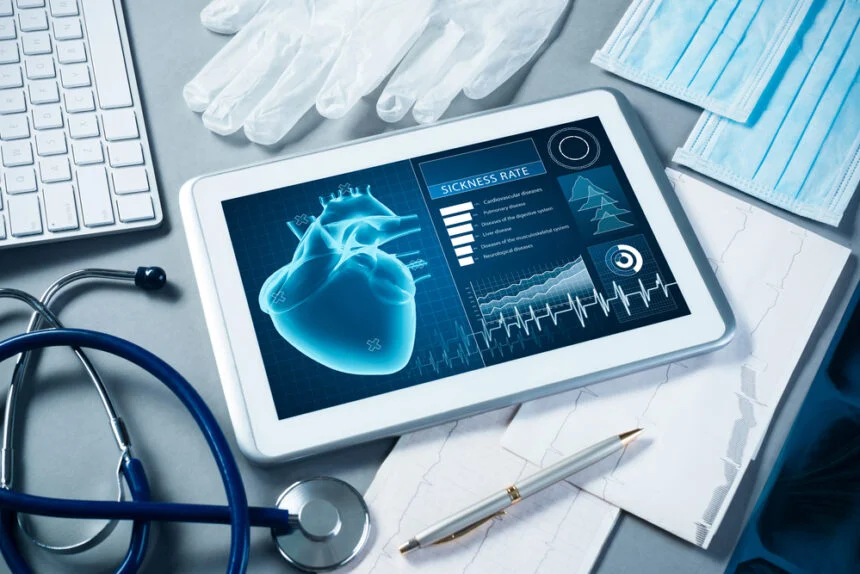In the ever-evolving landscape of global healthcare, innovation has become the cornerstone for transforming patient care, efficiency, and overall healthcare systems. At the forefront of this revolution are cutting-edge medical software innovations that are reshaping the way medical professionals operate and patients receive care.
The Rise of Intelligent Healthcare Systems
In recent years, there has been an unprecedented surge in the development and implementation of intelligent healthcare systems. These systems leverage advanced artificial intelligence (AI) algorithms to analyze vast amounts of medical data, providing clinicians with valuable insights for accurate diagnostics and personalized treatment plans.
AI in Diagnostics
AI-driven diagnostic tools have emerged as game-changers in the medical field. These tools can rapidly analyze medical images, such as X-rays and MRIs, with an unparalleled level of accuracy. The ability to detect subtle abnormalities early on not only enhances patient outcomes but also reduces the burden on healthcare resources.
Electronic Health Records (EHR) Revolution
Another pivotal aspect of the healthcare transformation is the widespread adoption of Electronic Health Records (EHR). These digital records streamline the documentation process, ensuring that patient information is easily accessible to authorized healthcare professionals across different departments and locations.
Interoperability Advancements
One of the key challenges in healthcare has historically been the lack of interoperability among different EHR systems. However, recent advancements have paved the way for seamless data exchange between disparate systems, fostering collaboration and improving patient care continuity.
Telemedicine’s Impact on Global Healthcare
The advent of telemedicine has ushered in a new era of healthcare accessibility. With the aid of secure and user-friendly platforms, patients can now consult with healthcare professionals remotely. This not only enhances convenience for patients but also reduces the strain on physical healthcare facilities.
Remote Patient Monitoring
Beyond virtual consultations, telemedicine has facilitated remote patient monitoring. Wearable devices equipped with sensors allow healthcare providers to track patients’ vital signs in real-time, enabling proactive intervention and personalized care plans.
Blockchain: A Secure Foundation for Healthcare Data
Security and privacy concerns have long been impediments to the widespread adoption of digital healthcare solutions. Enter blockchain technology, which has emerged as a secure foundation for healthcare data.
Decentralized and Secure Data Management
Blockchain’s decentralized nature ensures that healthcare data is not stored in a single vulnerable location. This not only reduces the risk of data breaches but also empowers patients with greater control over their health information.
The Future Landscape: Integrating Virtual Reality (VR) and Augmented Reality (AR)
Looking ahead, the integration of virtual reality (VR) and augmented reality (AR) holds immense potential for healthcare transformation. From medical training simulations to surgical planning, these immersive technologies are poised to revolutionize various facets of the medical field.
Enhanced Training Environments
VR and AR technologies provide medical professionals with realistic and immersive training environments, allowing them to hone their skills in a risk-free setting. This ensures that healthcare practitioners are well-prepared for complex scenarios.
Conclusion
In conclusion, the global healthcare transformation is propelled by a wave of cutting-edge medical software innovations. From AI-driven diagnostics to the secure foundations of blockchain and the immersive experiences offered by VR and AR, the future of healthcare is brighter and more technologically advanced than ever before. Embracing these innovations not only enhances patient care but also establishes a foundation for a more efficient and interconnected global healthcare ecosystem.
